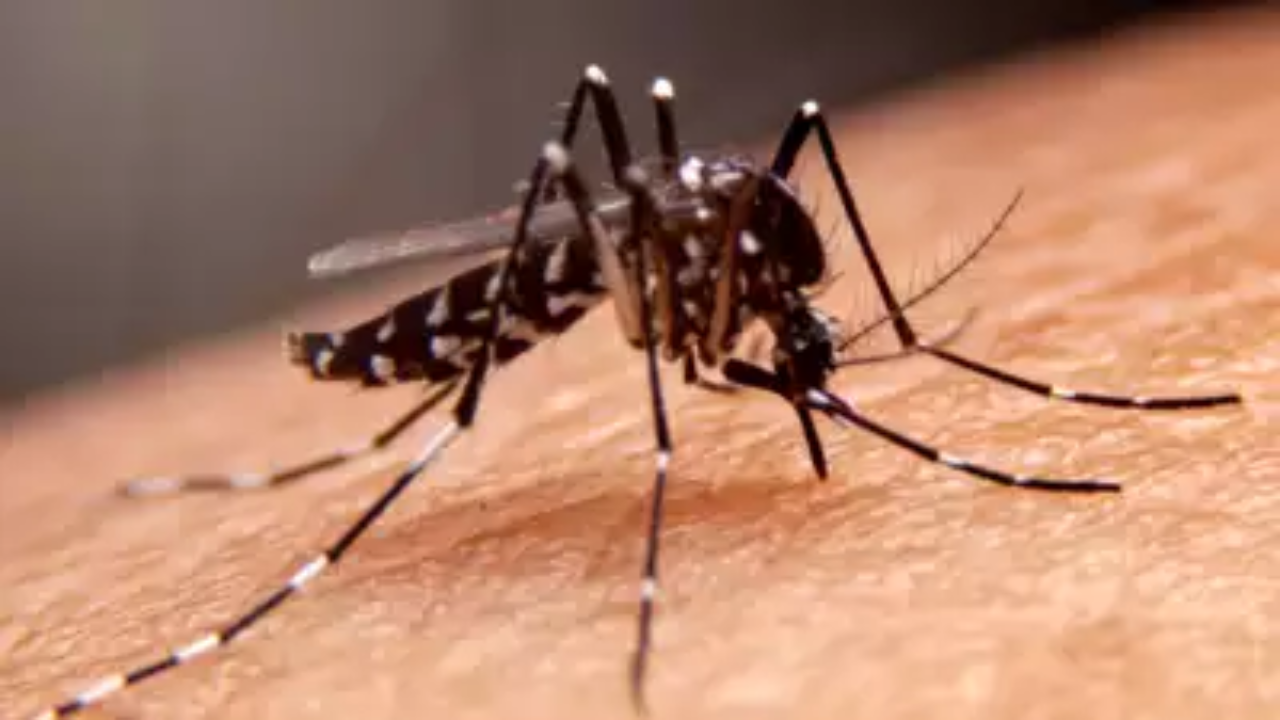A person in Hampstead, New Hampshire, has died after contracting the rare mosquito-borne Eastern Equine Encephalitis (EEE) virus, health officials reported on Tuesday, said an AP report. The patient, an adult, was hospitalised with severe central nervous system disease and later died, according to the New Hampshire Department of Health and Human Services (DHHS).
The recent death has raised new concerns about the growing risk of EEE in New England, which is believed to be worsened by climate change.
History of EEE
The last recorded human case of EEE in New Hampshire was in 2014, when DHHS identified three cases, including two fatalities.
Earlier this month, Massachusetts reported its first human case of EEE this year, involving an elderly man. In response, state officials have implemented voluntary outdoor curfews, closed public parks, and carried out aerial and ground mosquito spraying to control the population.
Symptoms and impact of EEE
The Centers for Disease Control and Prevention (CDC) notes that symptoms of EEE include fever, headache, vomiting, diarrhea, seizures, behavioral changes, and drowsiness. The disease can lead to severe neurological conditions such as encephalitis and meningitis. About 30% of those infected die, and many survivors experience long-term physical or mental effects. Individuals under 15 and over 50 are at higher risk.
Prevention and treatment
There are currently no vaccines or treatments for EEE. Health officials recommend using insect repellent, wearing protective clothing, and eliminating standing water to reduce mosquito breeding sites. A 2023 Climate Central report indicates that the number of “mosquito days”- warm, humid days ideal for mosquito activity- has increased in the US over the past four decades due to climate change.
The recent death has raised new concerns about the growing risk of EEE in New England, which is believed to be worsened by climate change.
History of EEE
The last recorded human case of EEE in New Hampshire was in 2014, when DHHS identified three cases, including two fatalities.
Earlier this month, Massachusetts reported its first human case of EEE this year, involving an elderly man. In response, state officials have implemented voluntary outdoor curfews, closed public parks, and carried out aerial and ground mosquito spraying to control the population.
Symptoms and impact of EEE
The Centers for Disease Control and Prevention (CDC) notes that symptoms of EEE include fever, headache, vomiting, diarrhea, seizures, behavioral changes, and drowsiness. The disease can lead to severe neurological conditions such as encephalitis and meningitis. About 30% of those infected die, and many survivors experience long-term physical or mental effects. Individuals under 15 and over 50 are at higher risk.
Prevention and treatment
There are currently no vaccines or treatments for EEE. Health officials recommend using insect repellent, wearing protective clothing, and eliminating standing water to reduce mosquito breeding sites. A 2023 Climate Central report indicates that the number of “mosquito days”- warm, humid days ideal for mosquito activity- has increased in the US over the past four decades due to climate change.
Source : Times of India








